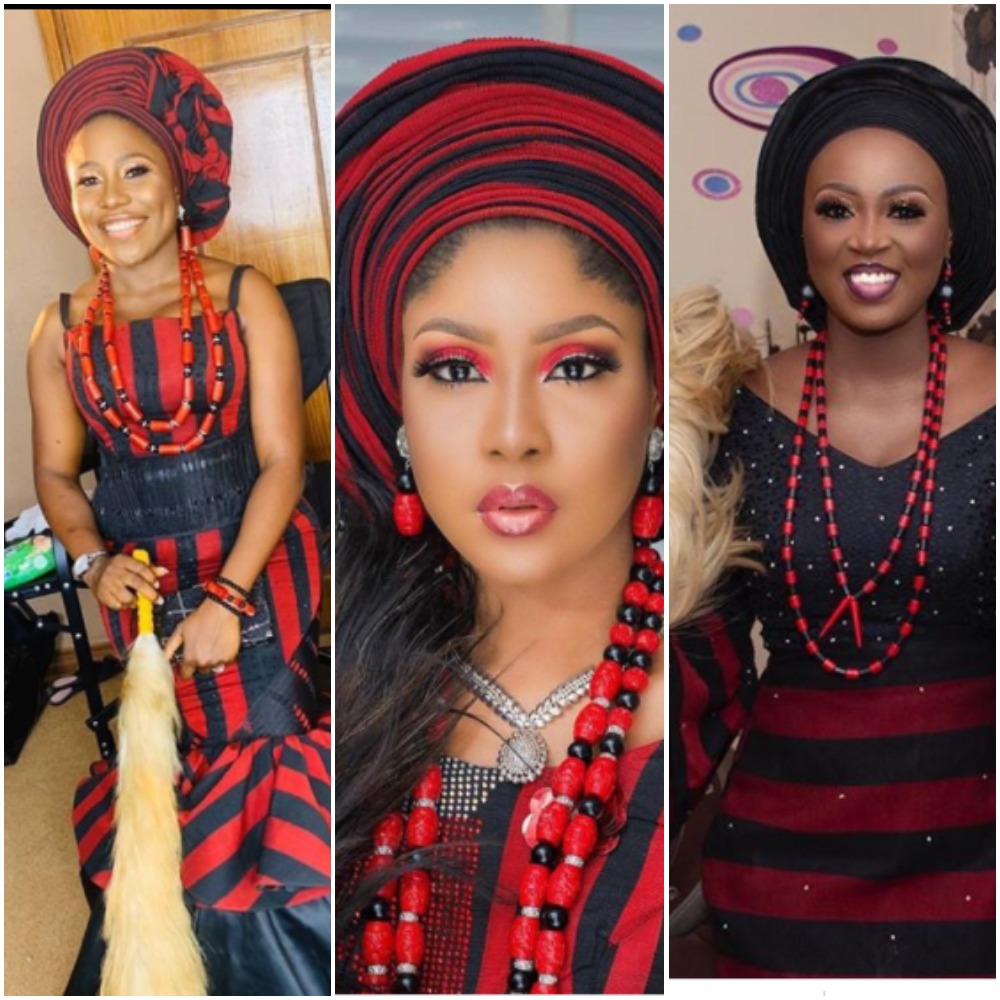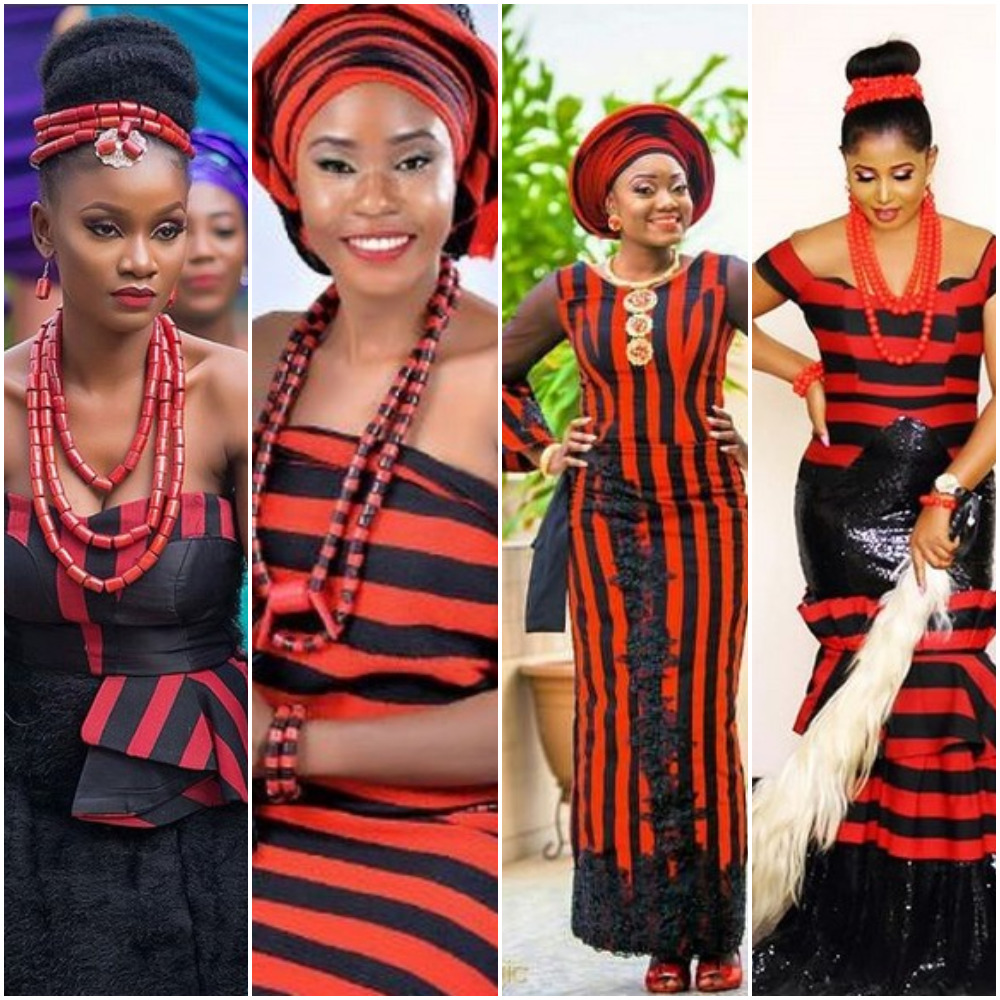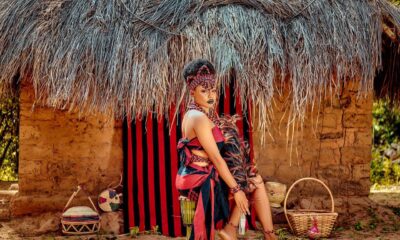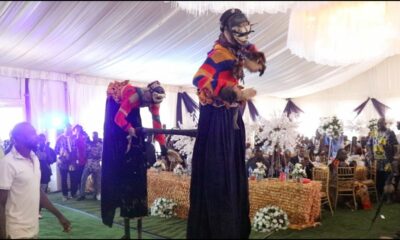idoma news
Interesting facts about the red and black Idoma traditional attires

Certain cultural elements such as food, clothing and religious items have become so universal they are emblems of specific races and ethnic groups.
For example, the Kimono—a T-shaped, wrapped-front garment with square sleeves and a rectangular body, worn with the left side wrapped over the right side— is a traditional and national dress worn by Japanese of all castes, from the powerful samurai on the battlefield to the graceful geisha dancing in tea houses to monks in temples. Anywhere in the world you see a Kimono, what comes to your mind is the Japanese.
Just like Kente associated with Ghanaians. Similarly, the Idoma ethnic group in Benue State are uniquely identified by their attire sewn out of red and black handwoven fabric. The lli K’ Idoma is to the Idoma what the kimono is to the Japanese.
This unique fabric has a pride of place in the wardrobe of an average Idoma. Called Apa in many parts of Idomaland or Edema among the Edumoga people, lli K’ Idoma is by default the ethnic dress code for epoch and grand occasions such as coronations, burial, weddings, festivals and tribal meetings.
When worn as a royal garb, the attire is complemented by beads, horsetails, caps and shoes.
Though, the time of its emergence could not be properly ascertained—some argued that the heritage was as old as the existence of the Idoma themselves who are believed to have migrated from the legendary Kwararafa kingdom centuries ago—history, however, indicated that the traditional fabric dates back to the reign of Och’ Idoma Abraham Ajene Okpabi, the second paramount ruler of the Idoma kingdom, or even earlier, as Idu, the progenitor of Idoma, who according to oral tradition, engaged in handloom clothing at the time blacksmithing flourished among the Igala, Ebira and Igbo-speaking neighbours of Idoma.

To the Idoma, this traditional fabric, defined by bold stripes of red and black, is a symbol of unity—red, for strength and resilience of the people, which proved overwhelming for rival tribes or races seeking to displace the Idoma from the Benue basin where they settled, and black, a reference to the agrarian nature of the people who depended on the earth for many purposes.
Today, this heritage has been well preserved. Proud and sons and daughters of Idoma are making bold statements with lli K’ Idoma, to the point that the fabric is gaining recognition around the world as an emblem of the Benue tribe.

Even among the Idoma diaspora, the significance of lli K’ Idoma is well projected.
Beyond its cultural significance, the Idoma attire has become part of everyday fashion, a fabric for fashionable clothing, including wrappers, gowns, skirts, blouses, kaftan, and trousers. lli K’ Idoma are now worn in many forms, for many occasions and at any time of the day. Creative fashion designers cut and sewn it into suits, like the one donned by Pastor Paul Enenche, and agbada, commonly put on by 2Face Idibia.
In this age of globalization, lli K’ Idoma is one of a handful of fabrics that have found global appeal. Though aboriginal to Idoma, no longer limited to only the Idoma people. It has spread beyond the realms of Idomaland and has become so widespread it is a common costume in Nollywood, within the modelling cycle and at cultural occasions.








Kate Sunday, Miss Idoma

























